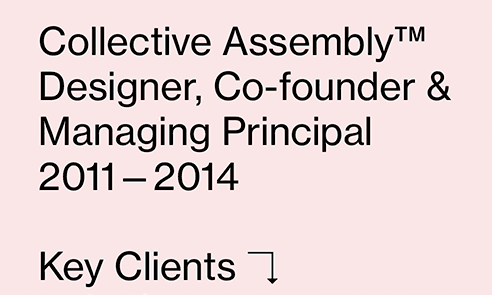

Later, in the 1980s, Neue Helvetica was made into a more organized, standardized version that was easy to read. The Helvetica font is regularly updated and released with different weights, widths, and sizes.

Along with it, they have also released many popular non-Latin fonts.Įventually, this font became the top trending design, and it still is. Many of the latest fonts are inspired by or follow the Helvetica font. The idea for the typeface was originally conceived as a modernizing redesign of Akzidenz-Grotesk, which was popular at the time. However, the font was inspired by the Neue Haas Grotesk font, designed in 1957-1958 by Max Miedinger in Switzerland. After completing proper revisions, the font was released under the re-issuing foundry of the Mergenthaler Linotype Company. The Neue Haas Grotesk was the answer to the British and German grotesques that had become hugely popular thanks to the success of functionalist Swiss typography. Helvetica is a favorite sans-serif font due to its being widely used. It is also called the world’s most widely supported typeface. The font is used by organizations like Google, Yahoo, Adobe, and many large companies. Its use is vast and widespread, and its reasons for being so famous are two-fold. Helvetica is also an excellent font for Resistance Symbolism as it provides a more contrasty look for cards with an “X” on them. It is also used for many different text types, including text in languages such as French, Spanish, and German.

There are many fonts in use today, but you really can not beat the timeless design of the Helvetica font.


 0 kommentar(er)
0 kommentar(er)
